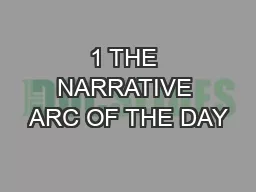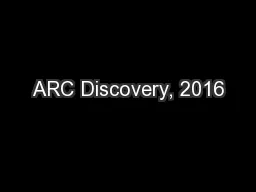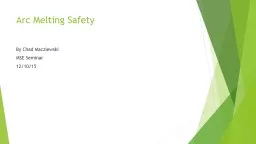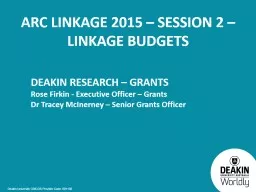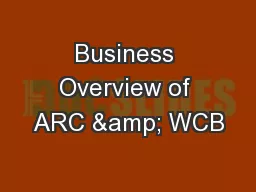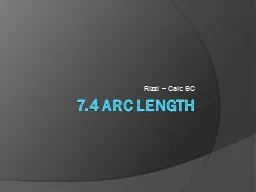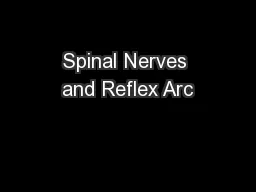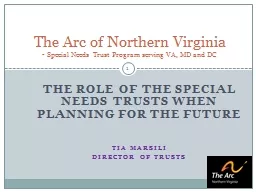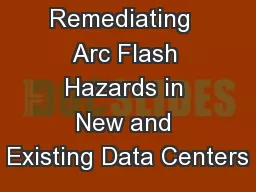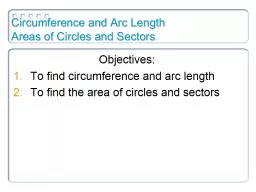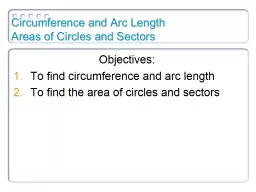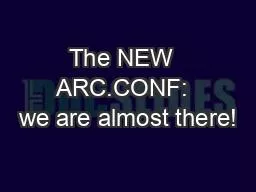PPT-1 THE NARRATIVE ARC OF THE DAY
Author : karlyn-bohler | Published Date : 2019-02-21
First we start with building the container around equity We then take a look at the standards highlighting that they are rooted in equity of access Participants
Presentation Embed Code
Download Presentation
Download Presentation The PPT/PDF document "1 THE NARRATIVE ARC OF THE DAY" is the property of its rightful owner. Permission is granted to download and print the materials on this website for personal, non-commercial use only, and to display it on your personal computer provided you do not modify the materials and that you retain all copyright notices contained in the materials. By downloading content from our website, you accept the terms of this agreement.
1 THE NARRATIVE ARC OF THE DAY: Transcript
Download Rules Of Document
"1 THE NARRATIVE ARC OF THE DAY"The content belongs to its owner. You may download and print it for personal use, without modification, and keep all copyright notices. By downloading, you agree to these terms.
Related Documents

